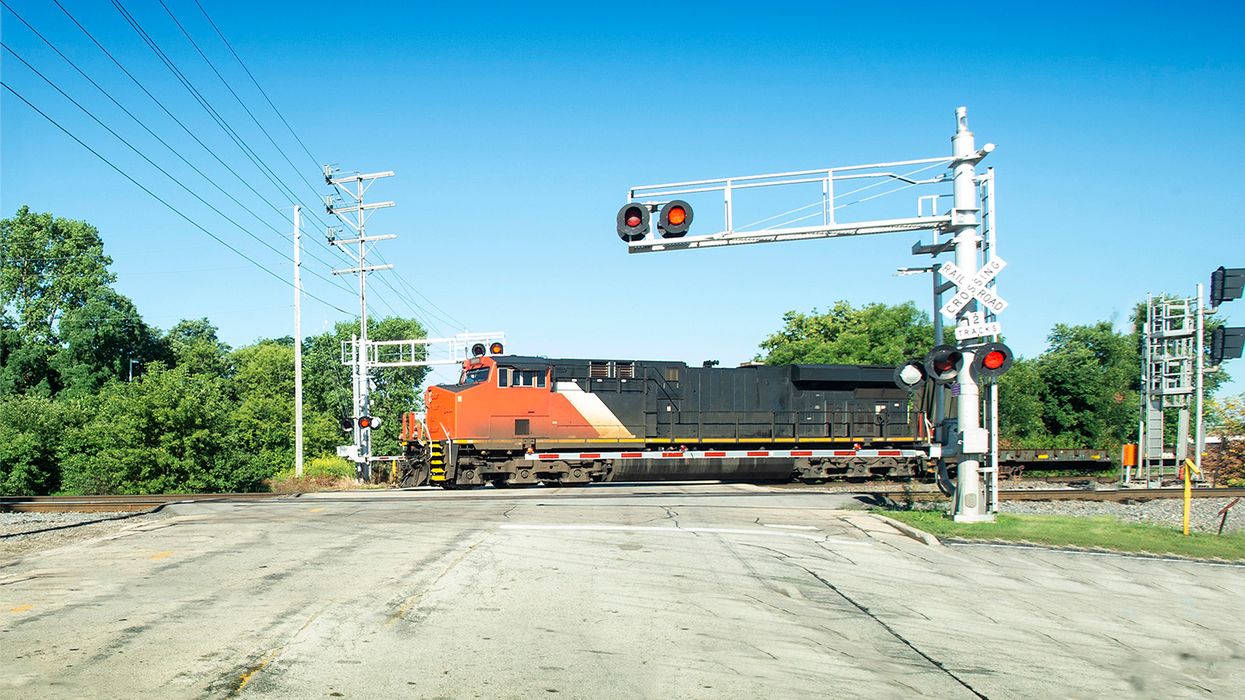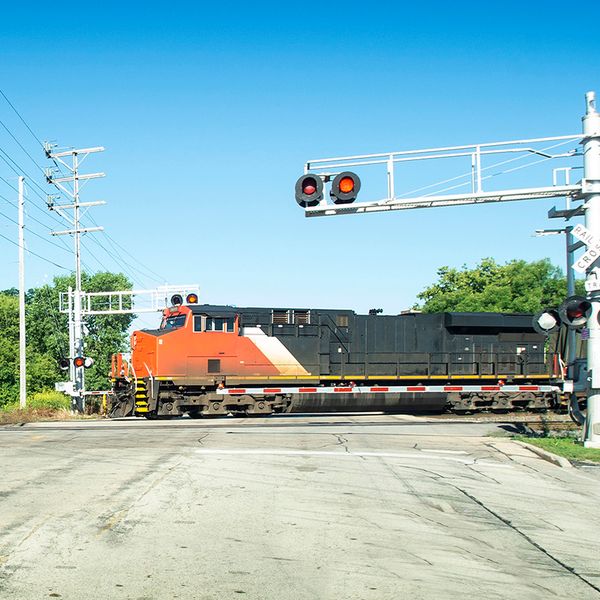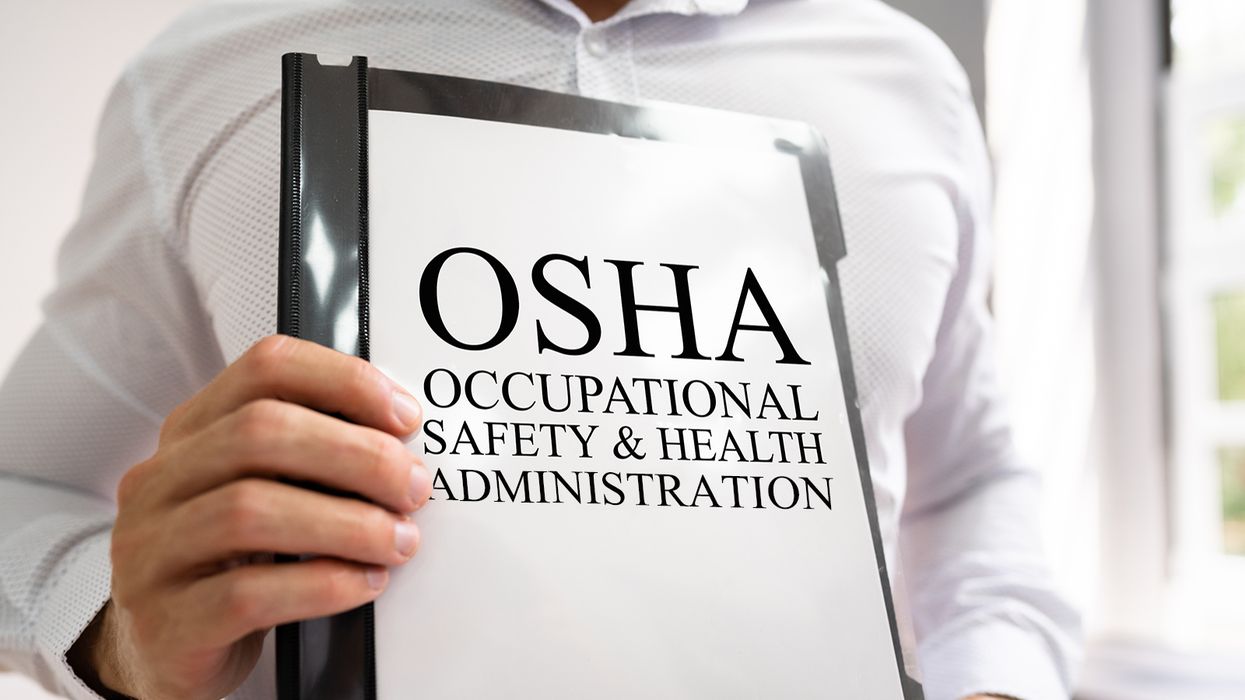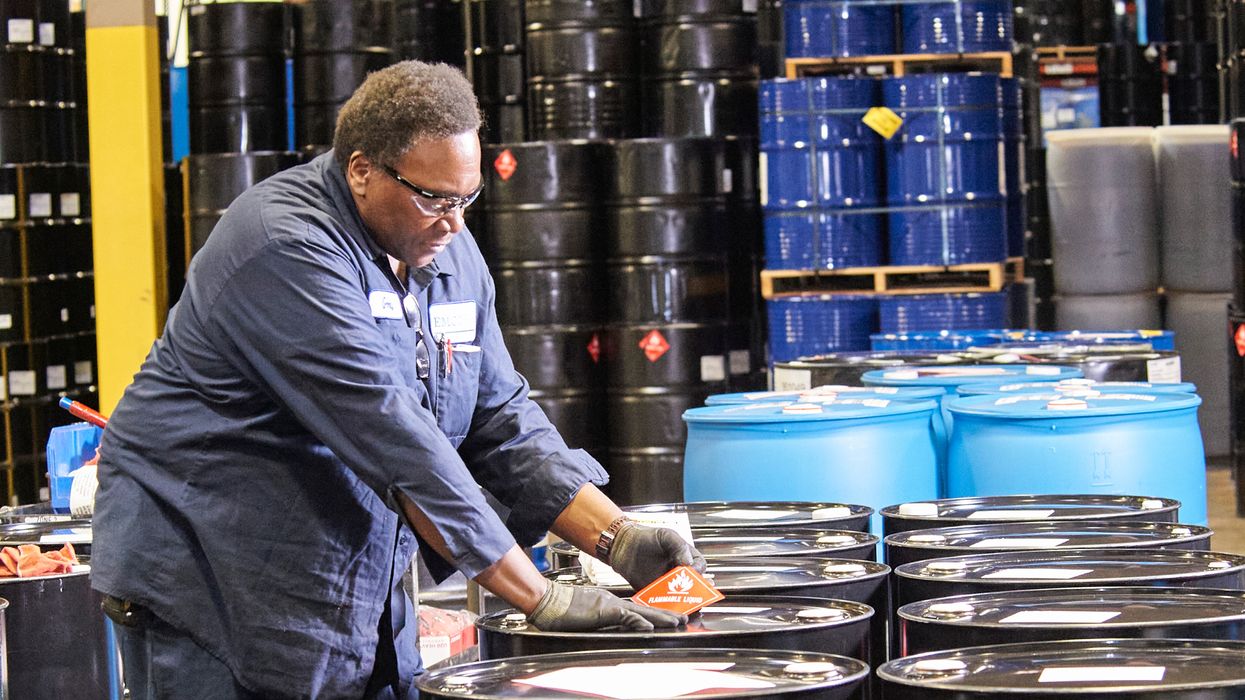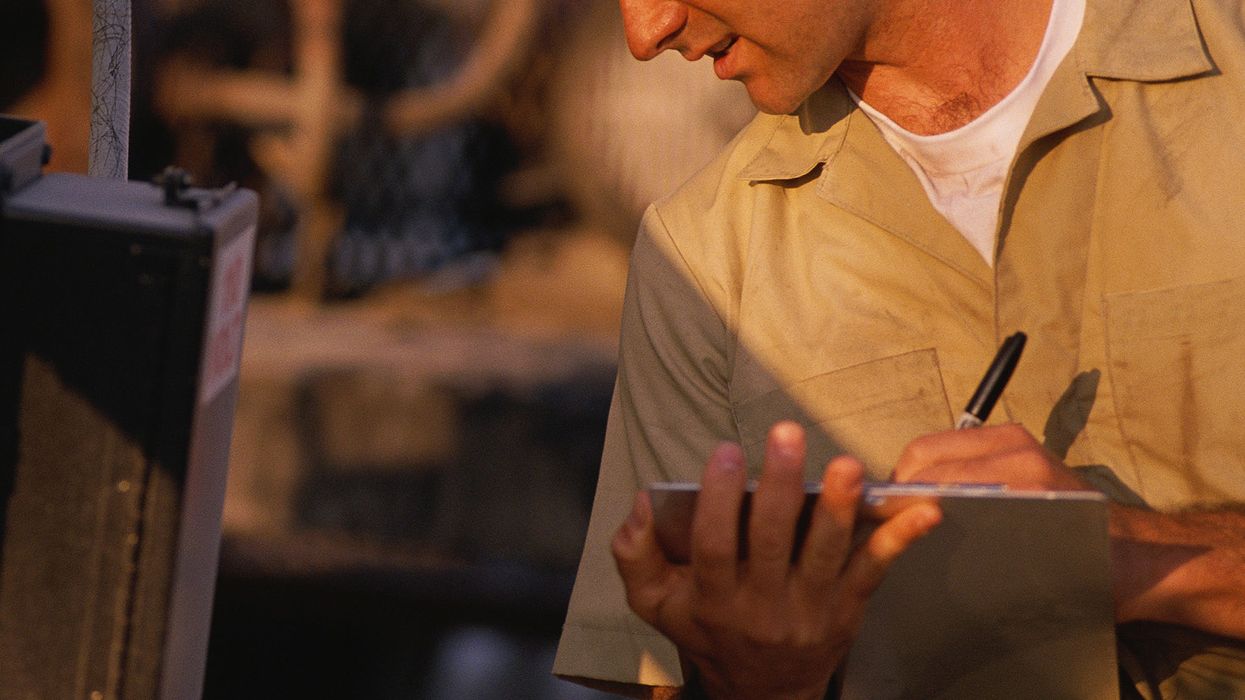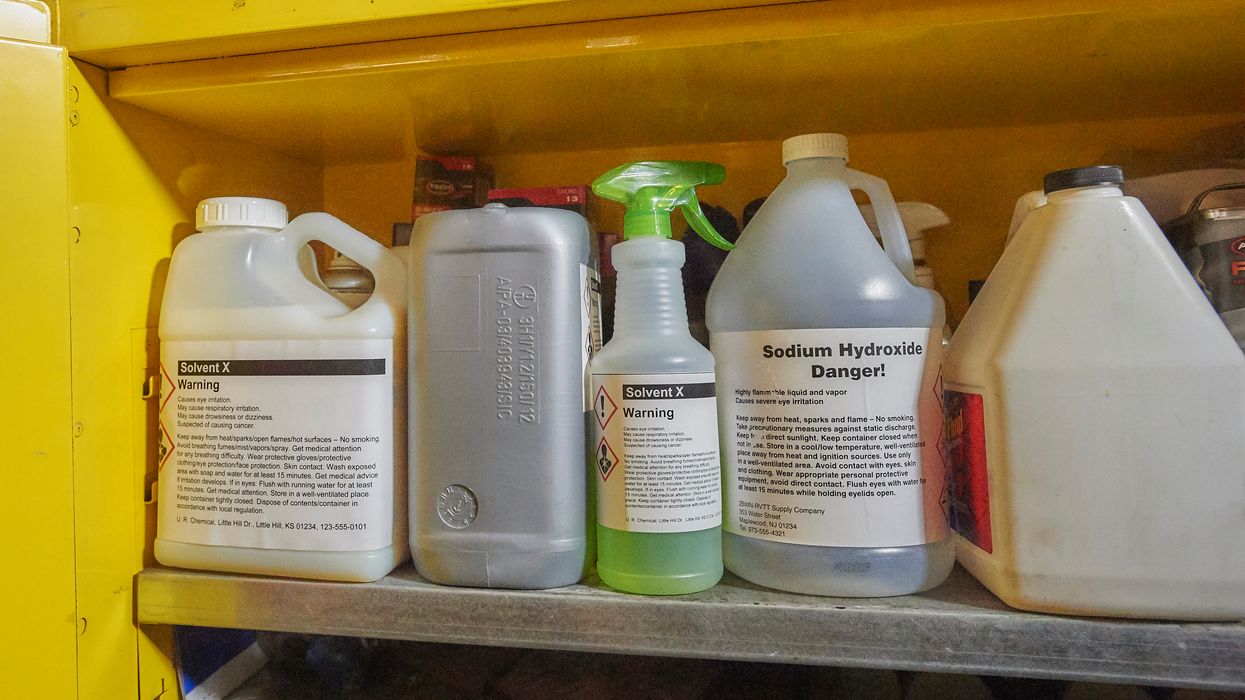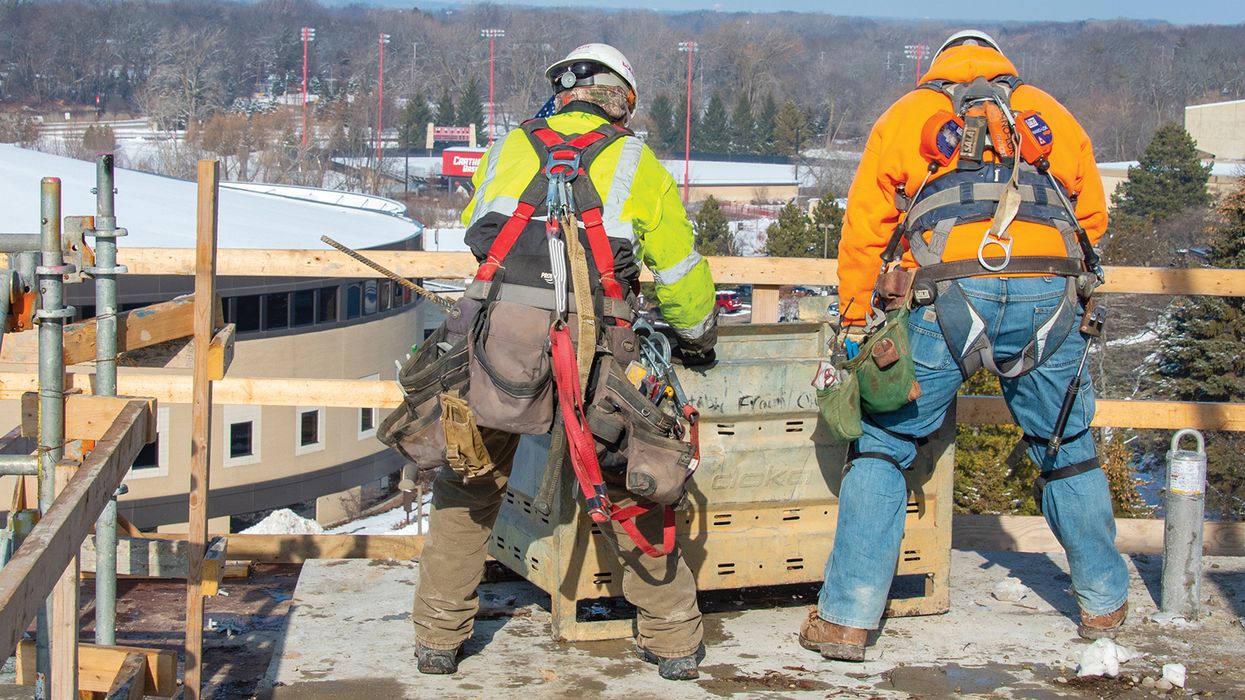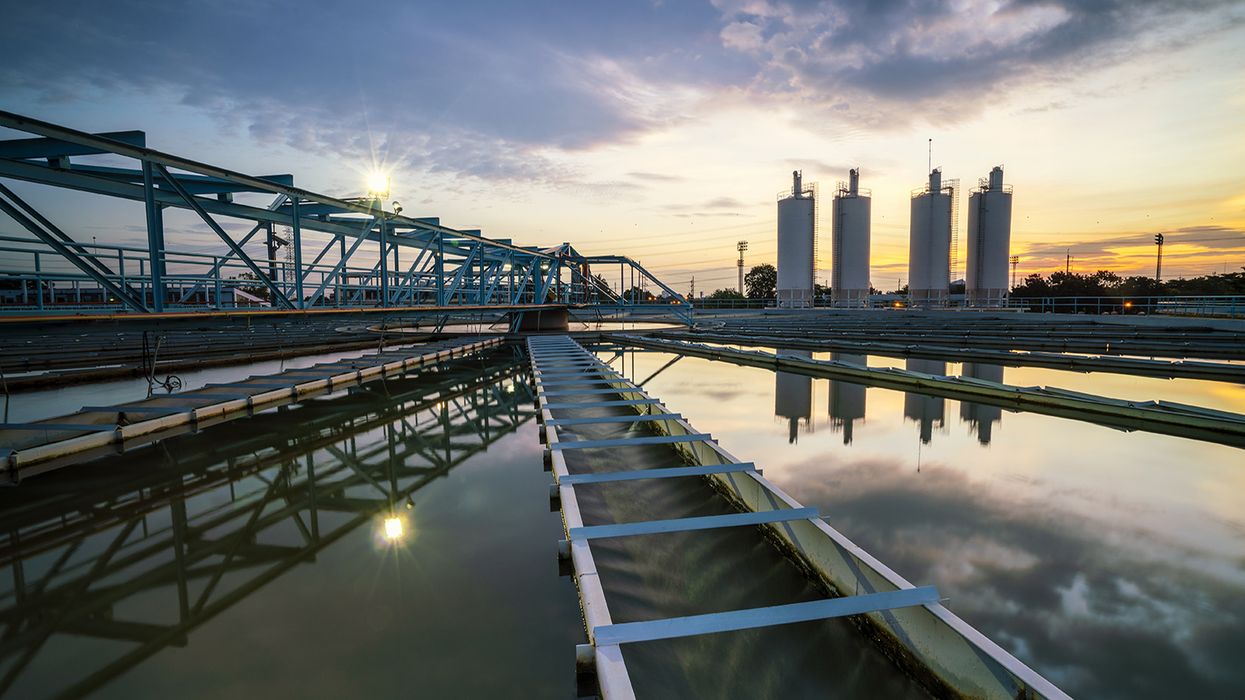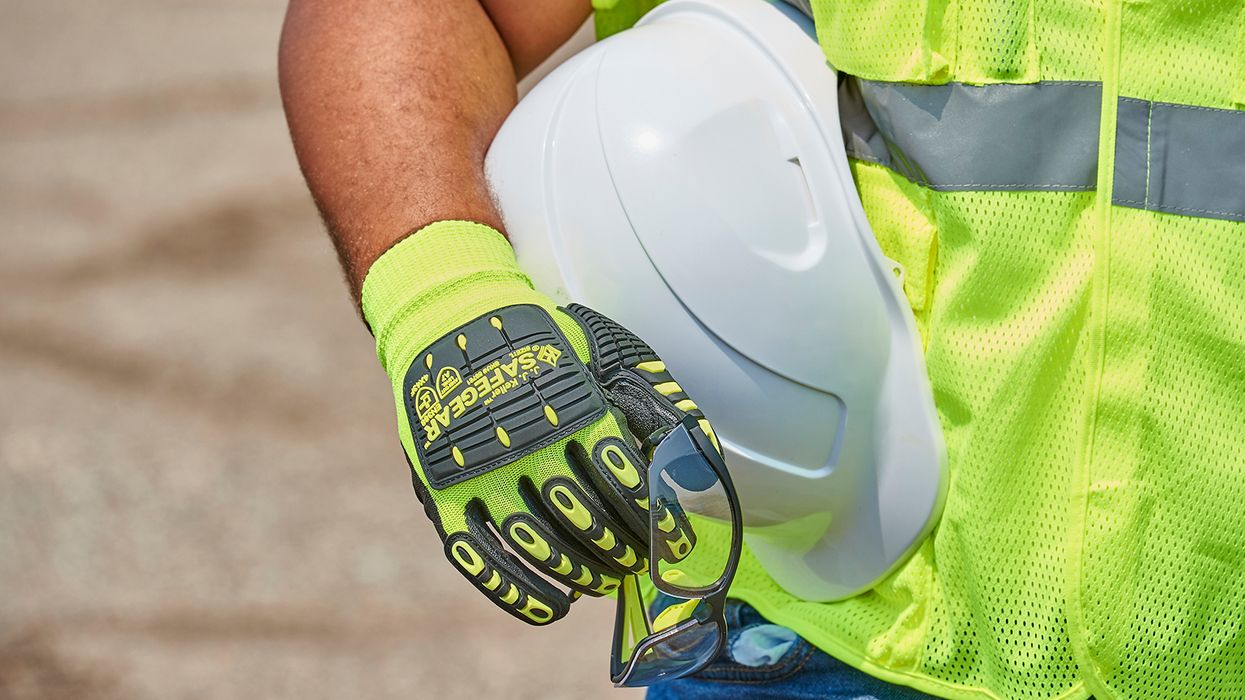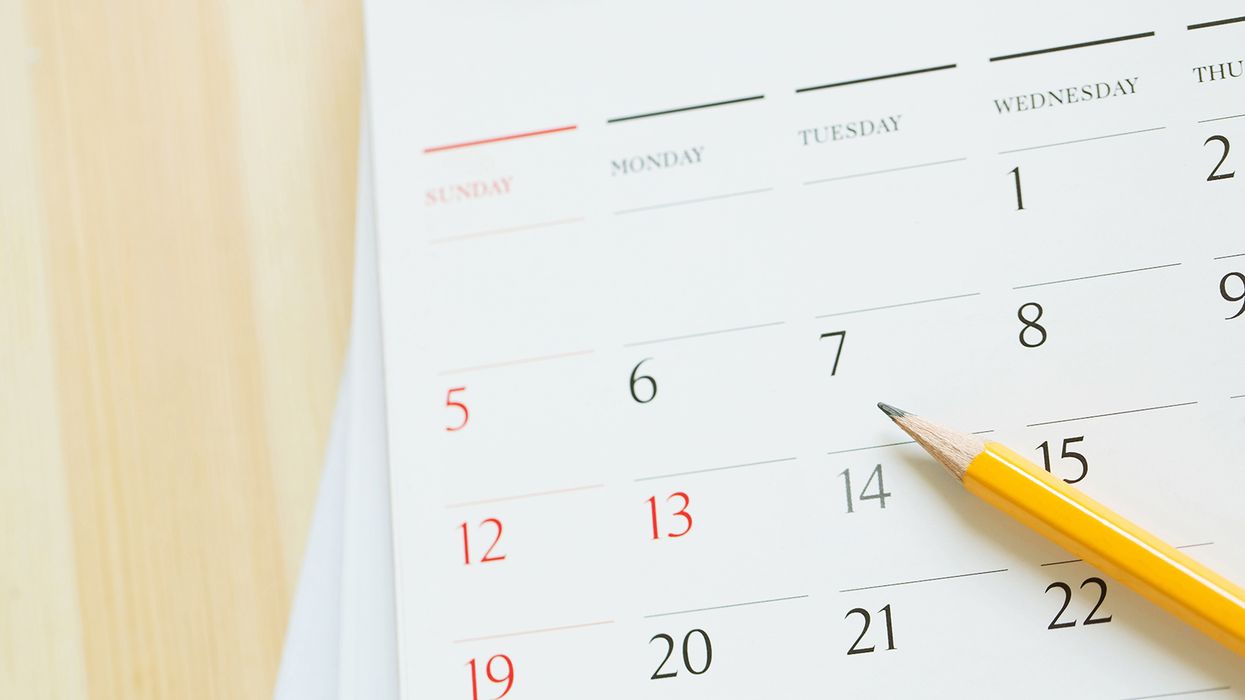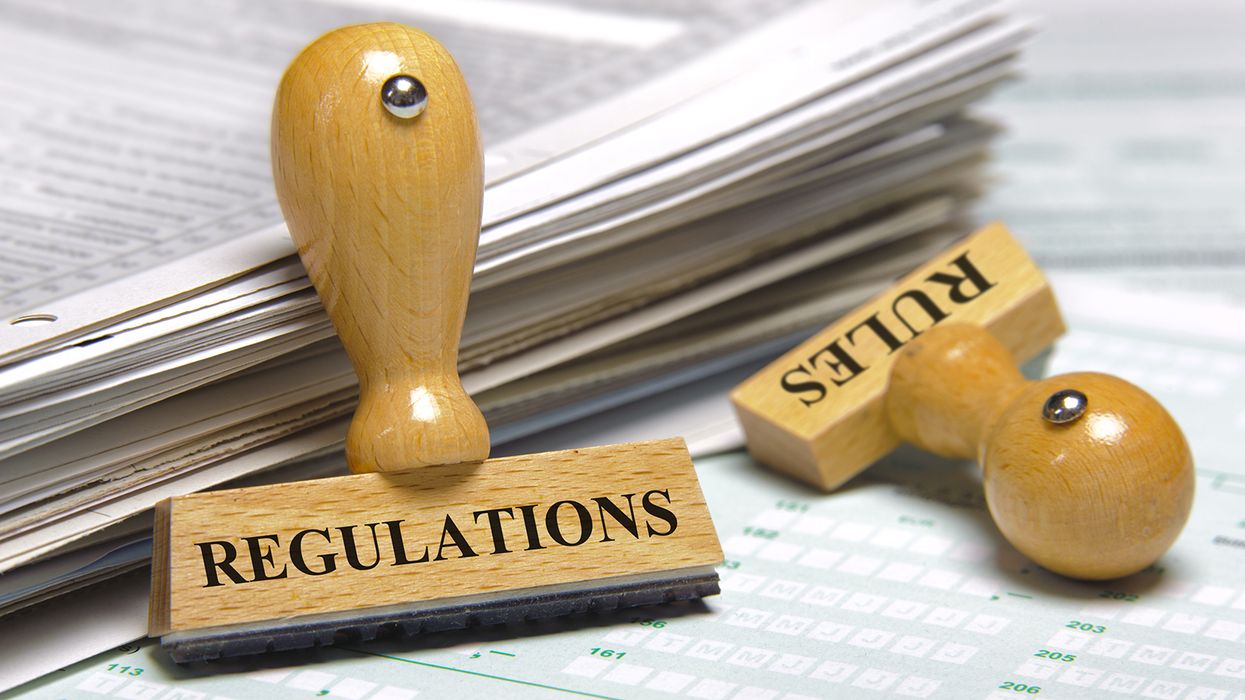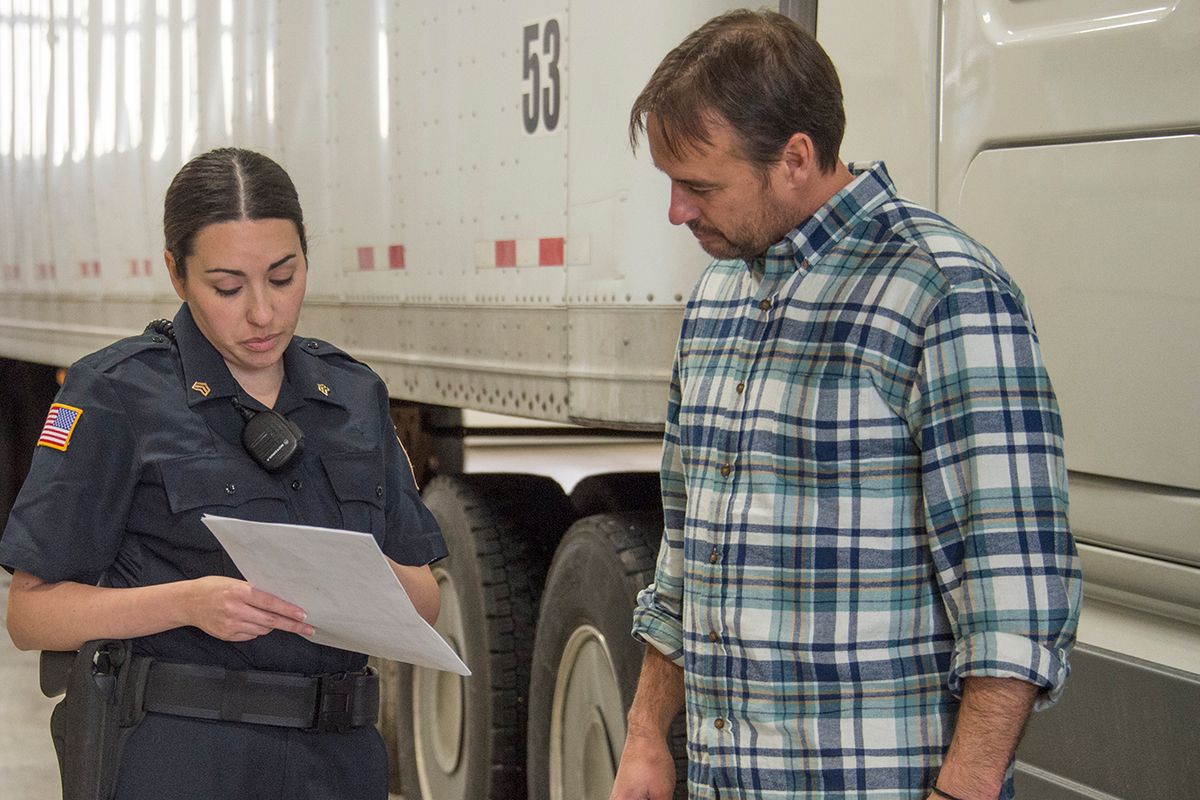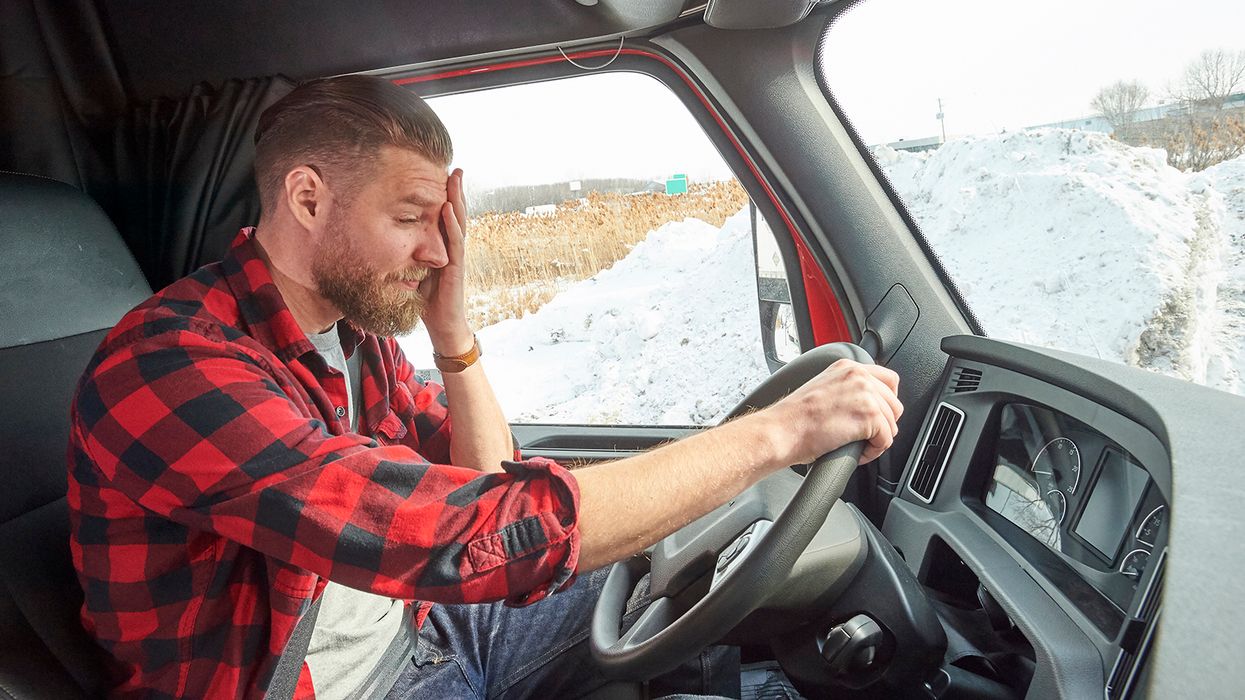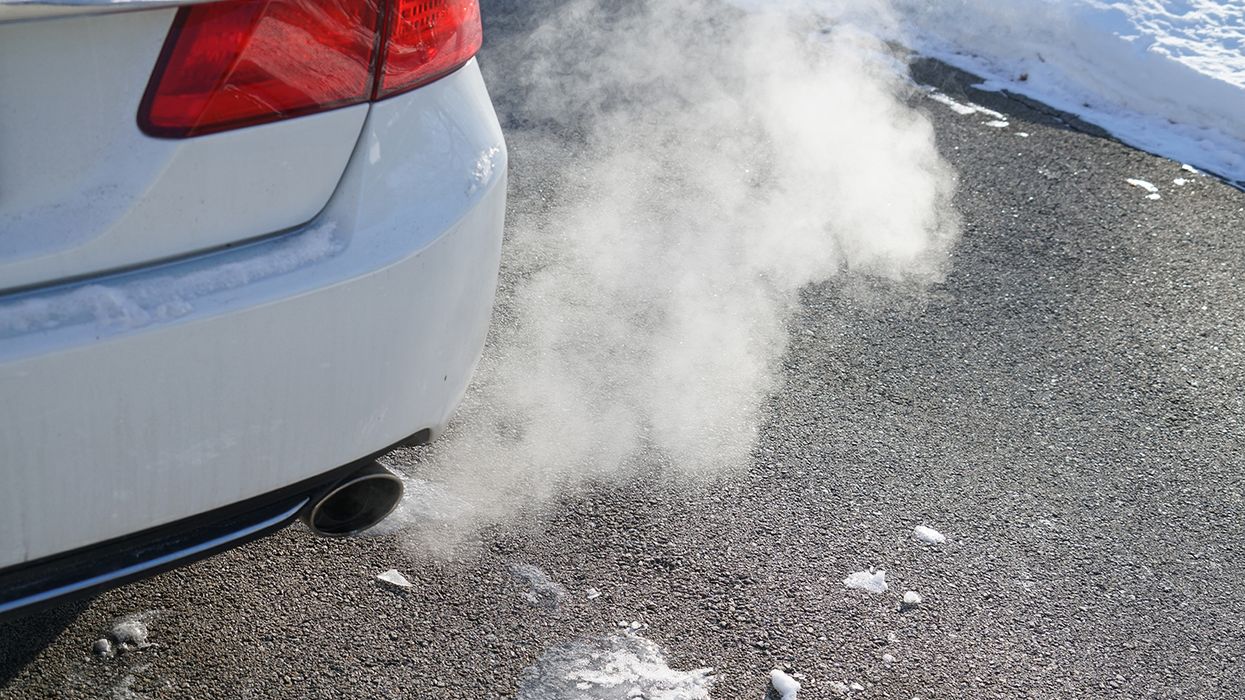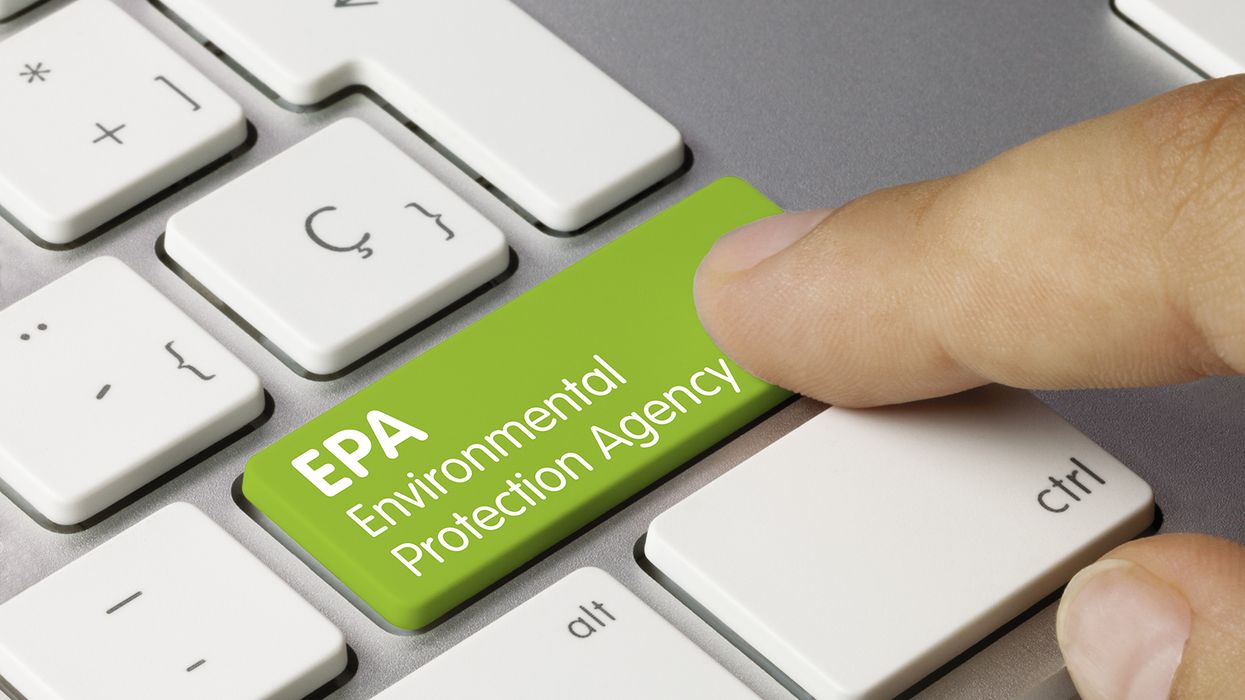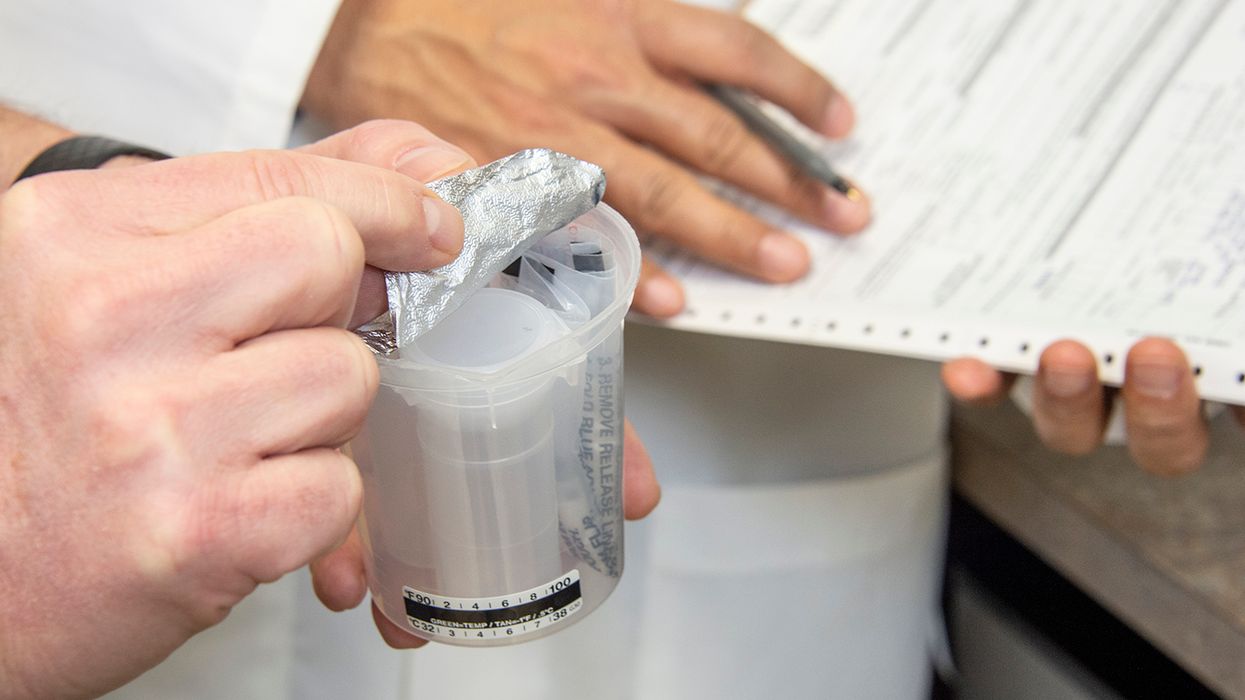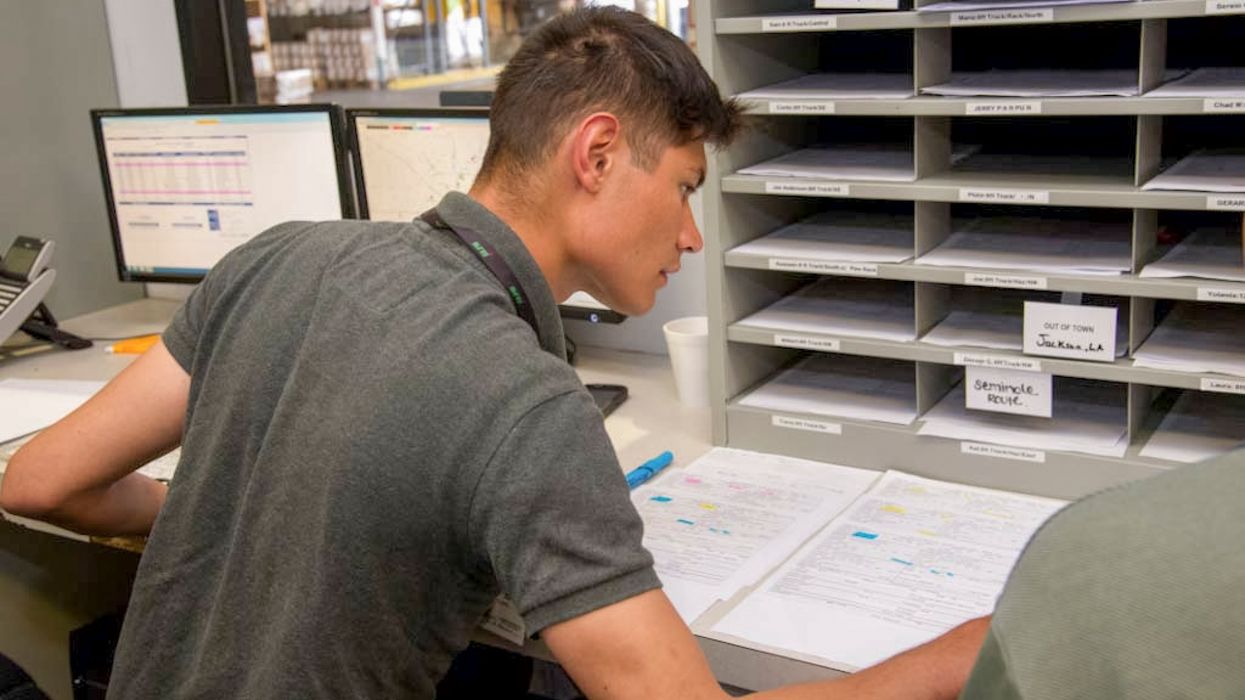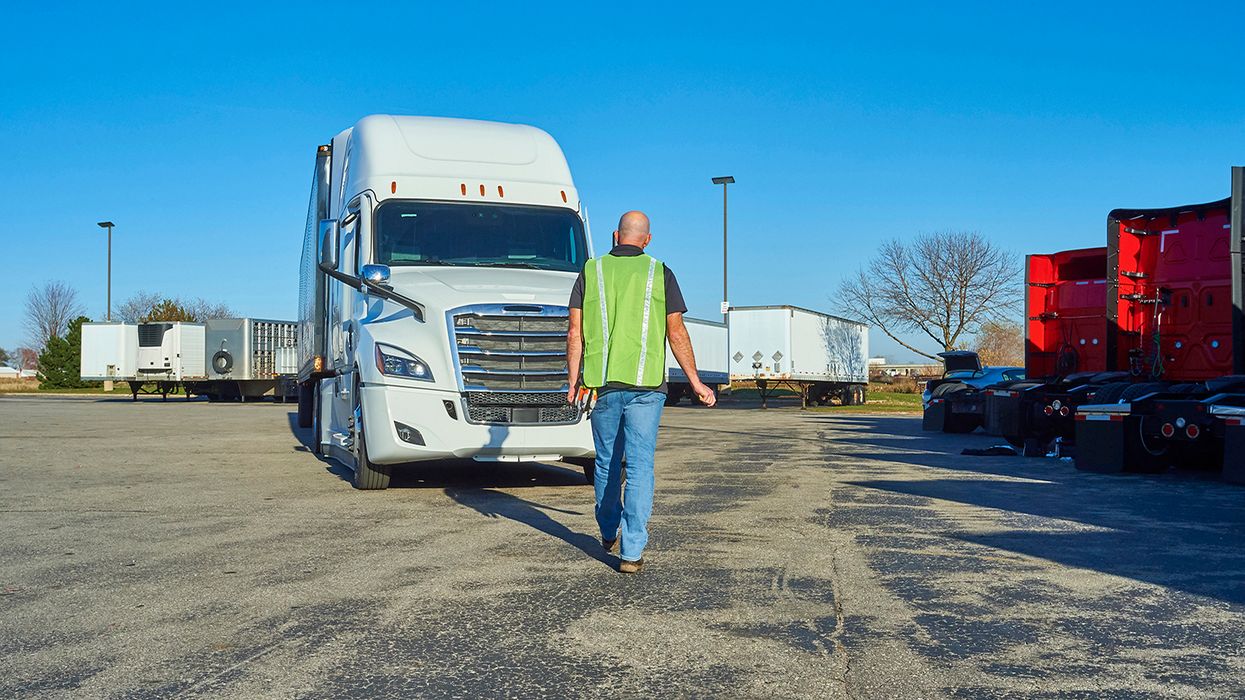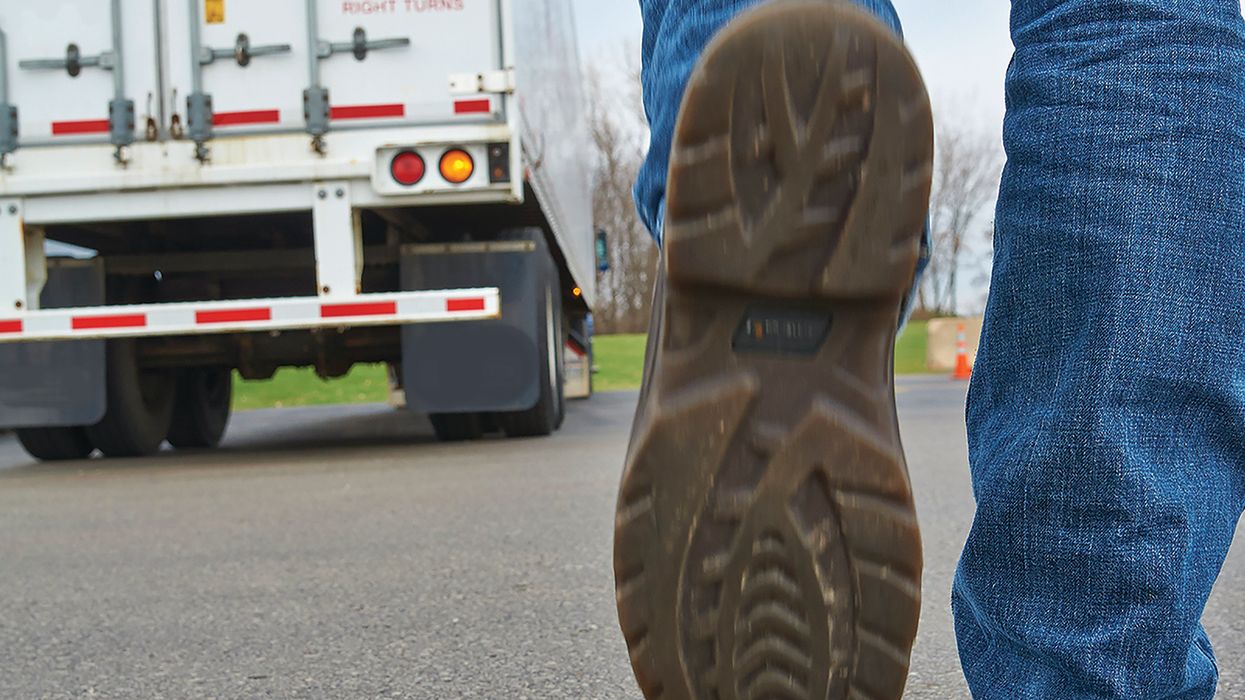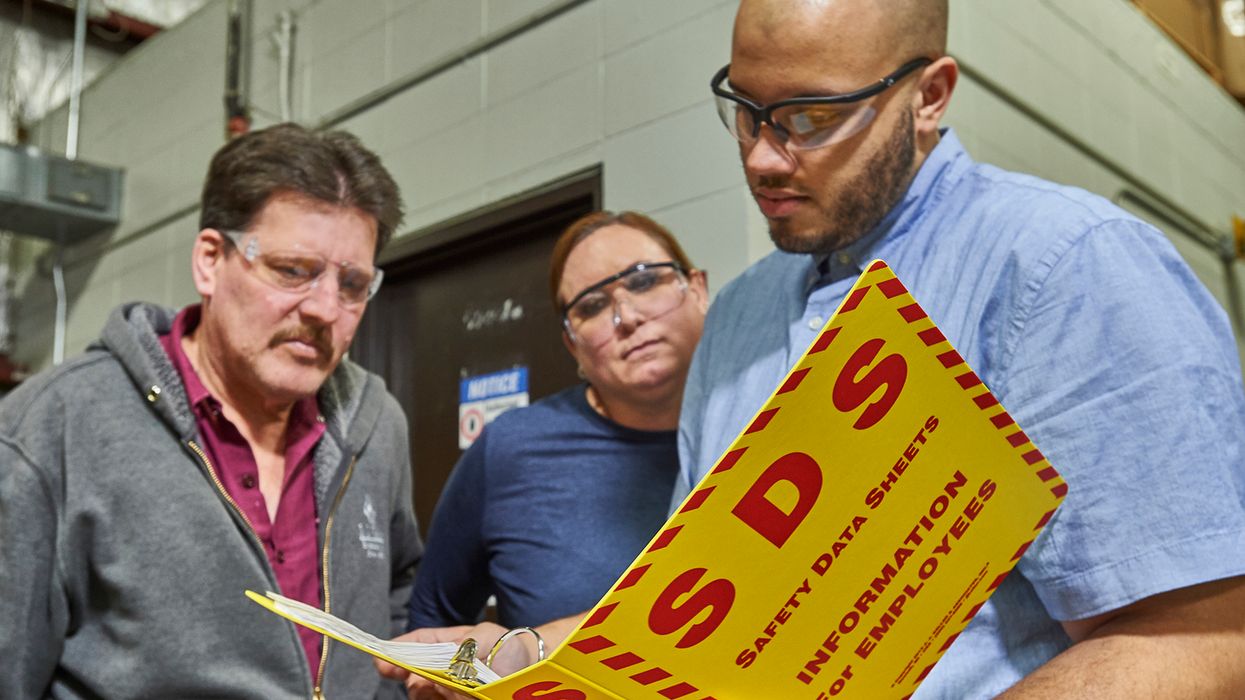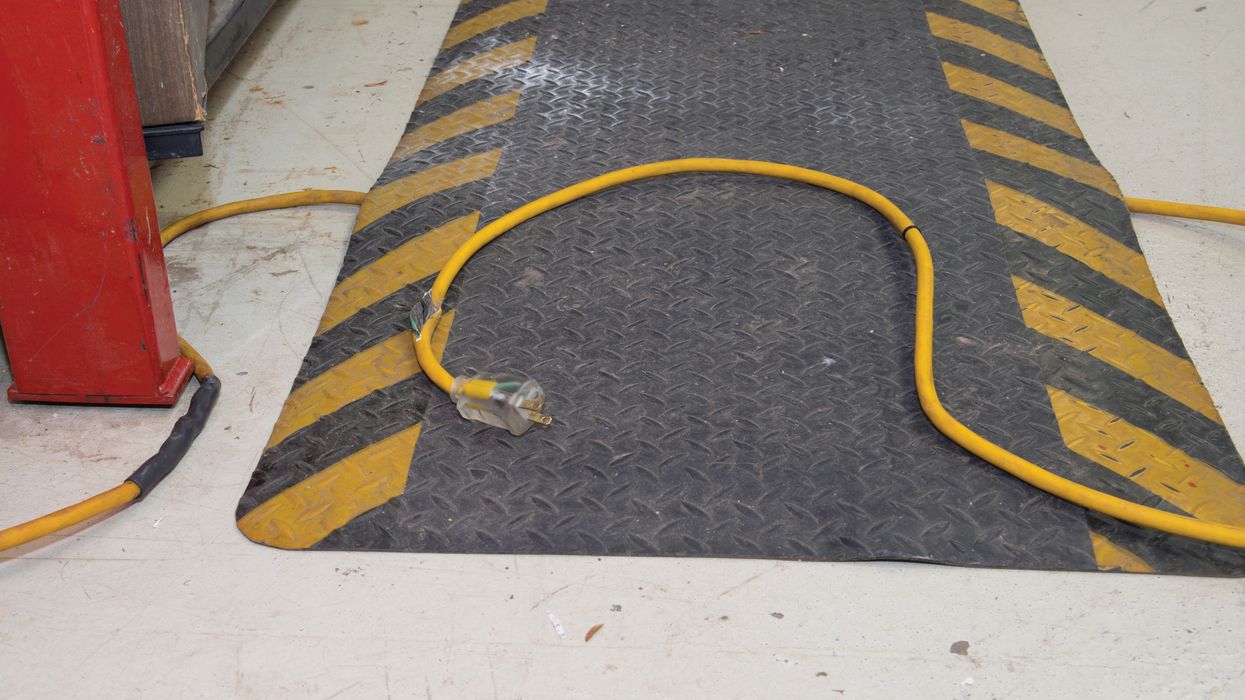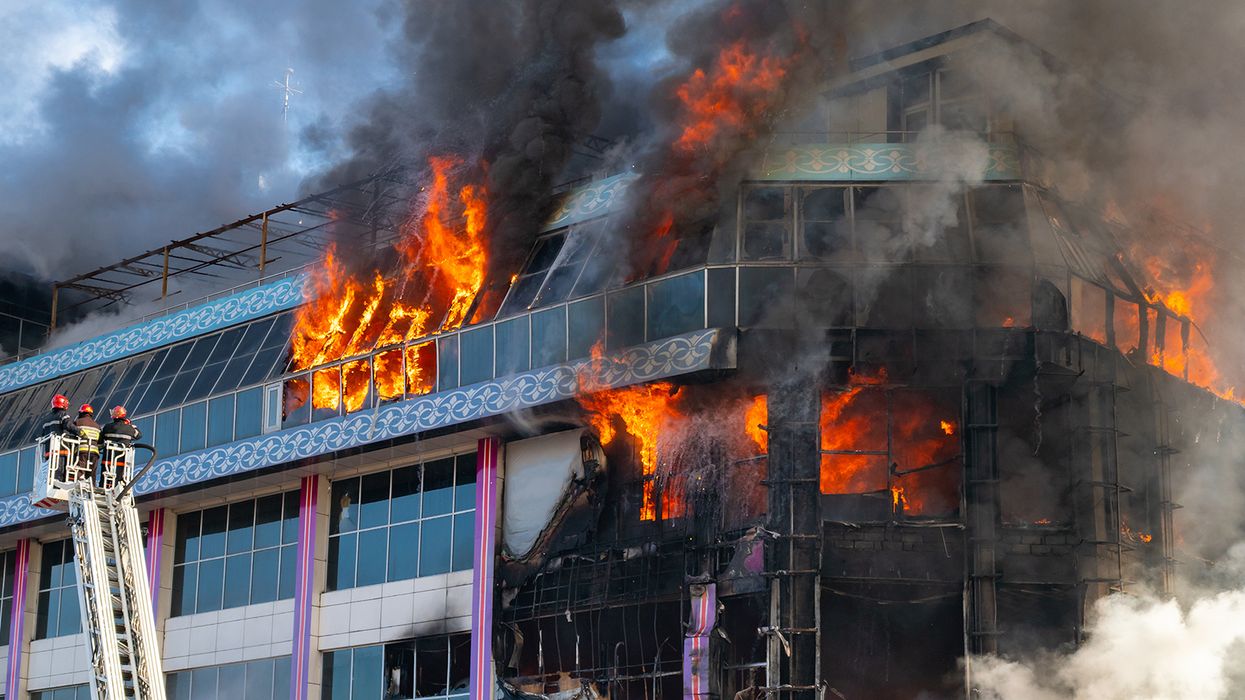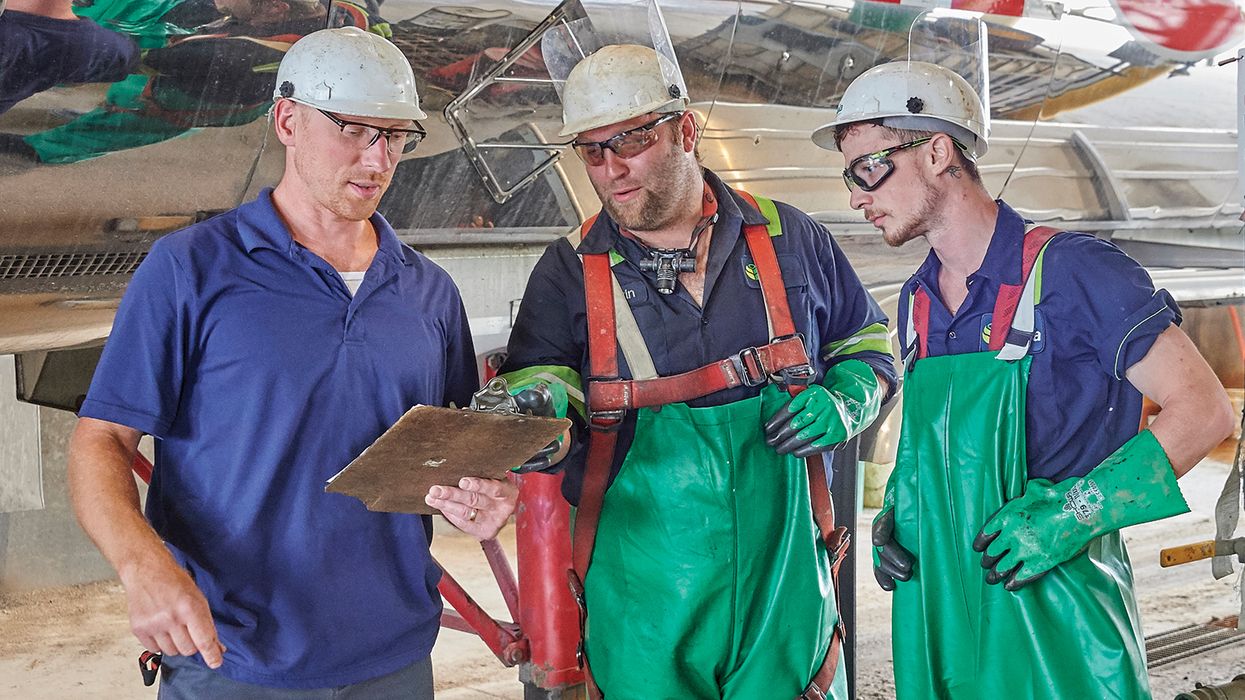Avoiding Incidents at Railroad Crossings
The Federal Railroad Administration (FRA) accident data shows that railroad incidents are on a slight decline however, fatalities associated with those incidents remain steady. That data along with recent accidents involving hazmat on trains or on a Commercial Motor Vehicle (CMV) while crossing railroad tracks, has led to renewed concerns on the proper procedures for CMV’s crossing railroad tracks.
Contrary to popular belief, trains cannot swerve or stop on a dime. In fact, it can take up to 1.5 miles for a train to come to a stop. While the FRA has made numerous improvements to rail safety in recent years, it’s not only up to them to prevent incidents. Here are some tips CMV drivers can follow to avoid incidents while crossing railroad tracks:
- Approach ALL crossings with care
- Use 4-way flashers: Before the crossing
- Use pull-out lane when available
- Prepare to Stop
- Turn off all noise making equipment (radio, fans, defrosters, etc.)
- Have communications device available (in case of an emergency)
- Stop 15’ from the nearest rail
- After you Stop
- Look both ways
- Listen carefully
- If the truck will not fit
- Do not enter crossing unless truck can completely pull through and clear gate by 6’
- Do not stop on crossing
- Look again before crossing
- Both Directions
- Cross Tracks with Care
- Signal and check traffic
- Use highest gear that will allow you to cross without shifting
- Do NOT stop once you start
- Even if lights & gates are activated
All CMV’s are required to slow down when approaching a railroad crossing and driven at a speed that will allow the vehicle to stop before reaching the rails if a train is approaching. Buses transporting passengers, most vehicles transporting hazmat, and most cargo tank motor vehicles are required to stop for railroad crossings.
Stuck on railroad crossing
Cars, trucks, and CMV’s get stuck on railroad tracks somewhat often and drivers typically don’t know what to do. Sometimes stranded drivers call 911, hoping that a dispatcher can contact railroad officials in time to stop trains. However, unless there is medical emergency, dialing 911 will not help in most cases.
If you are stuck on the railroad tracks, even if you do not see a train coming, you need to take the following actions as soon as possible: • Locate the small blue emergency contact signs with white letters. These are normally on a pole or post close to the tracks.
- Call the emergency number listed on the sign.
- Give the attendant the ID number listed on the bottom of the sign and let them know your situation.
The information you provided will give the attendant your exact location so they can notify any approaching train of the situation and give them enough time to stop, if necessary.
Key to remember: Not all CMV’s are required to stop for railroad crossings. However, all CMV’s are required to slow down for railroad crossing. Do not cross the tracks unless you can do so safely.

